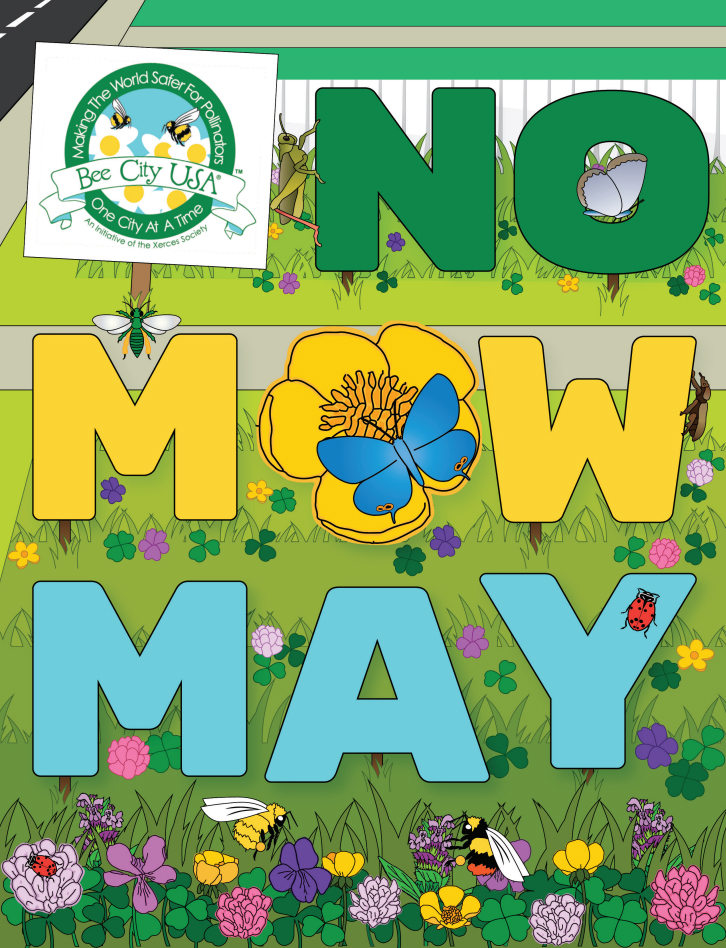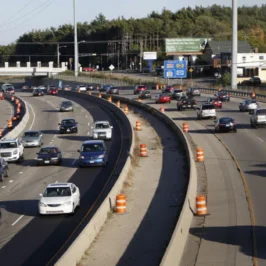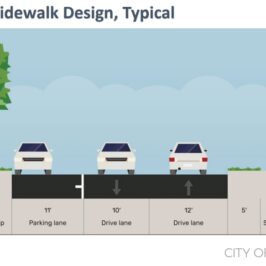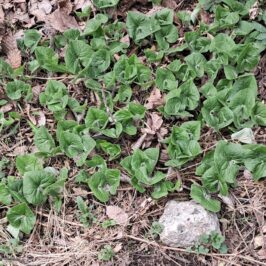Mowing your lawn less creates habitat and can increase the abundance and diversity of wildlife including bees and other pollinators. One way to reduce mowing is by participating in No Mow May. No Mow May is a conservation initiative first popularized by Plantlife, an organization based in the United Kingdom, but which is gaining traction across North America. The goal of No Mow May is to allow grass to grow unmown for the month of May, creating habitat and forage for early season pollinators. This is particularly important in urban areas where floral resources are often limited.
In 2020, residents of Appleton, Wisconsin, an affiliate of Bee City USA, became energized about No Mow May and the City Council agreed to suspend their weed ordinance for the month of May. Over 435 registered property owners participated in the campaign, and Lawrence University, an affiliate of Bee Campus USA, partnered with Appleton to conduct research on the impact of No Mow May on pollinators. Researchers Israel Del Toro and Relena Ribbons collected data on the abundance (the number of individuals) and species richness (the number of species) of flowers and bees found in unmown yards of a subset of the properties participating in No Mow May. They then compared those numbers to the abundance and richness of flowers and bees found in nearby urban parks that are regularly mowed. The findings were impressive! Not only were the abundance and richness of bees higher in the yards of properties participating in No Mow May, but they were way higher. Participating yards had three-times higher bee species richness and five-times higher bee abundance than nearby parks that had been mowed. This study was published in 2020 and is available for free download online. Empowered by their success in 2020, Appleton has spread the word and attracted even more participants in 2022.







